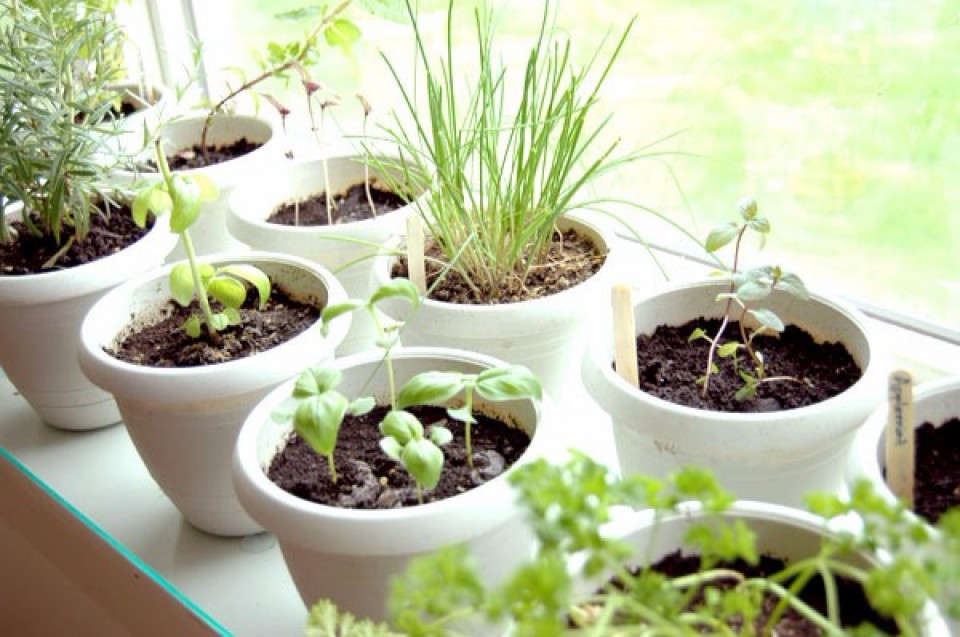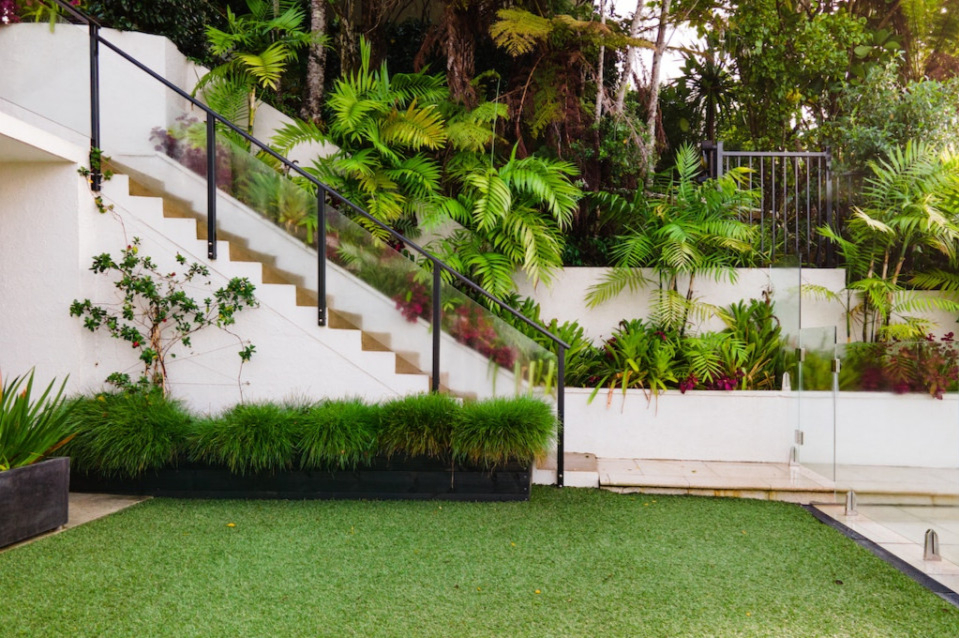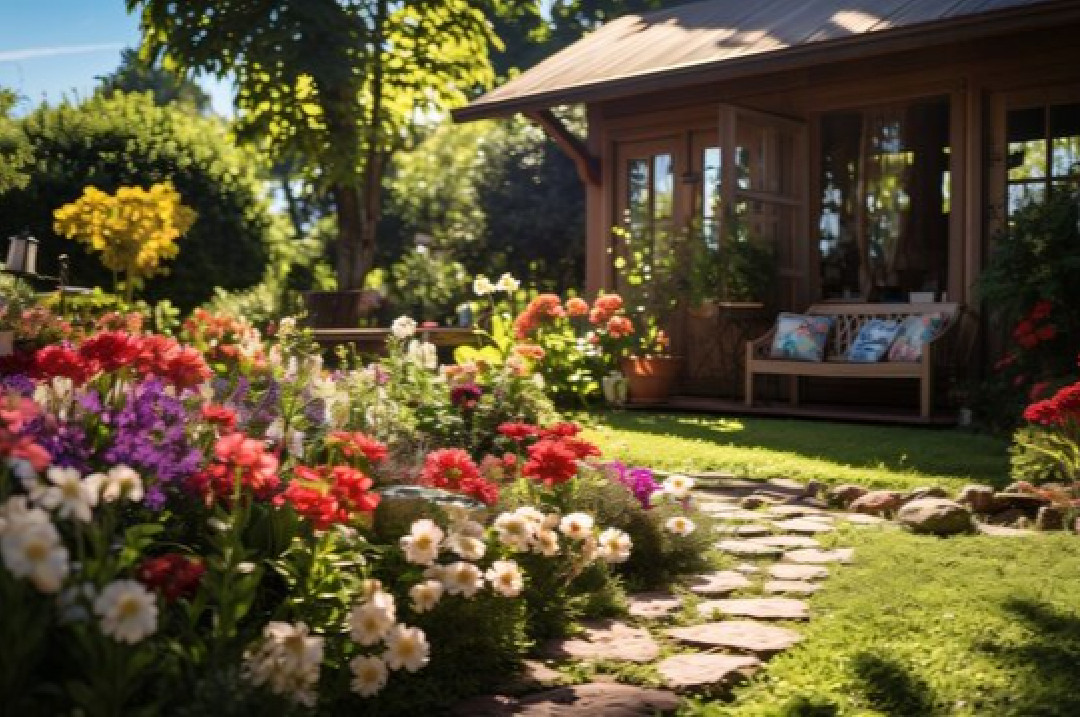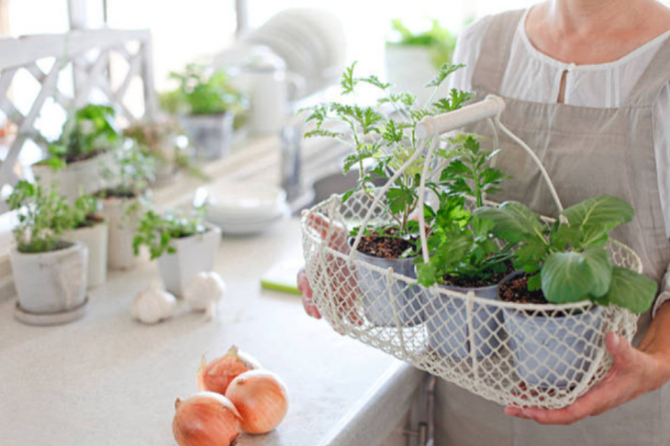Tips for Gardening during the Rainy Season. Check it out!!!
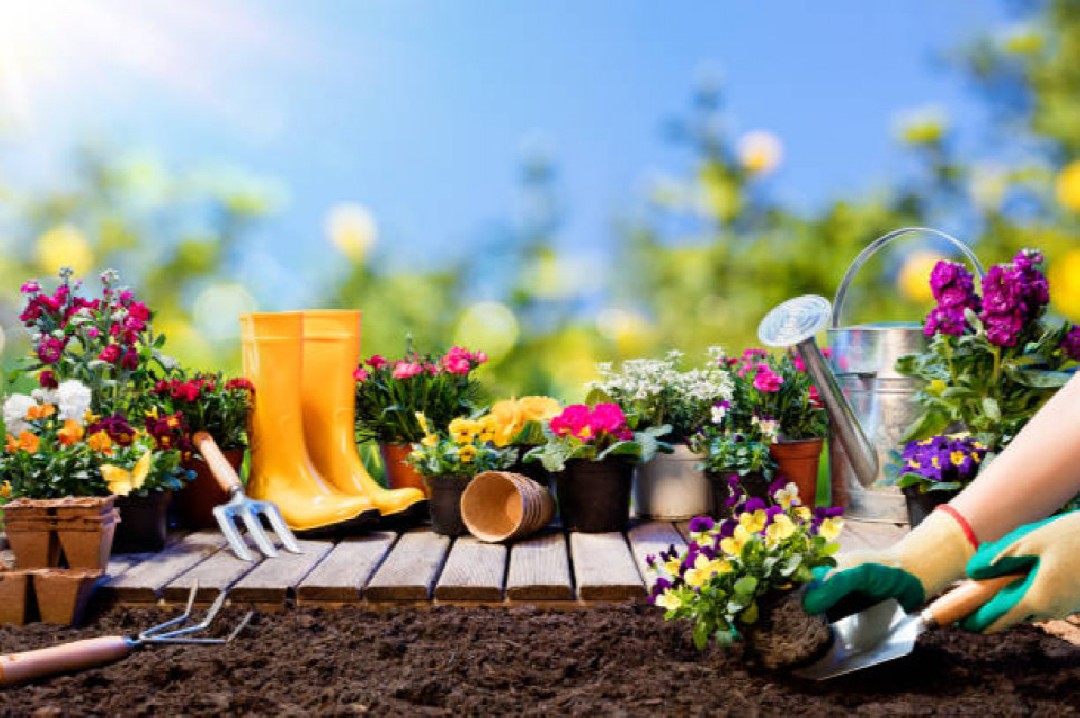
6 Tips for Gardening during the Rainy Season. Check them out!!!
When the rainy season comes, many types of plants need certain treatments to keep them growing well. For example, the soil needs to be loosened, the place needs to be moved so that it doesn't get too much water, and even vertical gardening.
You may have thought that gardening in the rainy season is impossible. Not only were you afraid of the rain, but you also thought that gardens don't need maintenance when the rain comes.
In fact, you can still garden in several ways. However, there will certainly be more effort than in the dry season.
Here's how to garden during the rainy season. Check it out!
1. Making sure there is no soil clogging

Source: istockphoto.com
If there is hardened soil in a pot, this soil will clog the waterways. As a result, the drainage of the plant will be disrupted, causing waterlogging. If this continues to happen during the rainy season, the plant will die because the plant is waterlogged all day.
The stagnant water can make the plants get too much water supply and eventually rot. Especially for plants that require little water such as succulents, adjustments need to be made to keep them safe during the rainy season.
2. Proper Watering Intensity

Source: istockphoto.com
You should know when to water your plants and with what intensity. It is recommended to water the plants once for 15 days at most. However, during the rainy season, plants will certainly be exposed to water throughout the day. Therefore, some plants that do not require much water should be moved to a place with a canopy.
3. Leaving Plants Surrounded by Small Animals

Source: istockphoto.com
Small animals include frogs or toads and lizards. If they are around your plants, do not drive them away. The reason is, these animals will eat insects and bugs that interfere with plant growth. In addition, their droppings can also make natural fertilizer for the plants.
There will be many insects breeding during the rainy season. Hence ensuring frogs or toads and lizards around the plants is a very good idea.
4. Adding soil amendments such as worms


Source: istockphoto.com
Earthworms will help you immensely by ensuring the soil conditions become the soil needed by the plants. The presence of earthworms will help make the soil looser. This is due to the activity of worms that move in the soil while making cavities.
In addition, worms will help decompose organic materials from plants. For example, fallen leaves will be eaten by earthworms and become organic fertilizer.
5. Creating a Vertical Garden

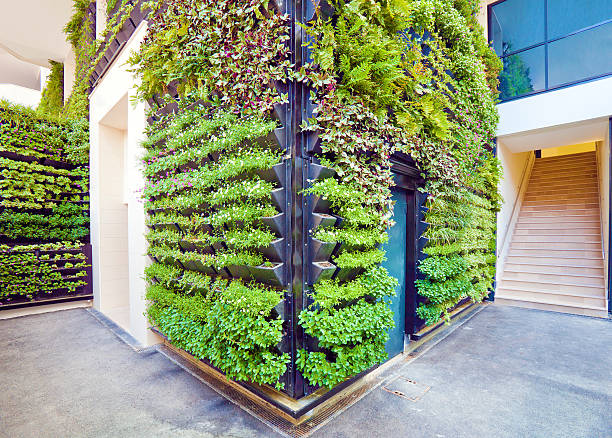
Source: istockphoto.com
Vertical gardening or vertical arrangement of pots is useful to ensure that there is no stagnant water in your plants. This system allows plants to grow well even in limited space.
You can also protect these plants by planting them inside the house. That way you don't have to worry about plants being damaged or even dying due to too much water supply during the rainy season.
6. Planting Rainy Season Crops

Source: istockphoto.com
During the rainy season, many plants need special treatment to prevent them from dying. But who would have thought, there are plants that are very suitable for planting during the rainy season without special action. The wetness of the rainy season will make the seeds of these plants grow faster and more fertile.
So those are the ways of gardening in the rainy season. Hope you find them useful
Keep healthy and happy. Thanks you



